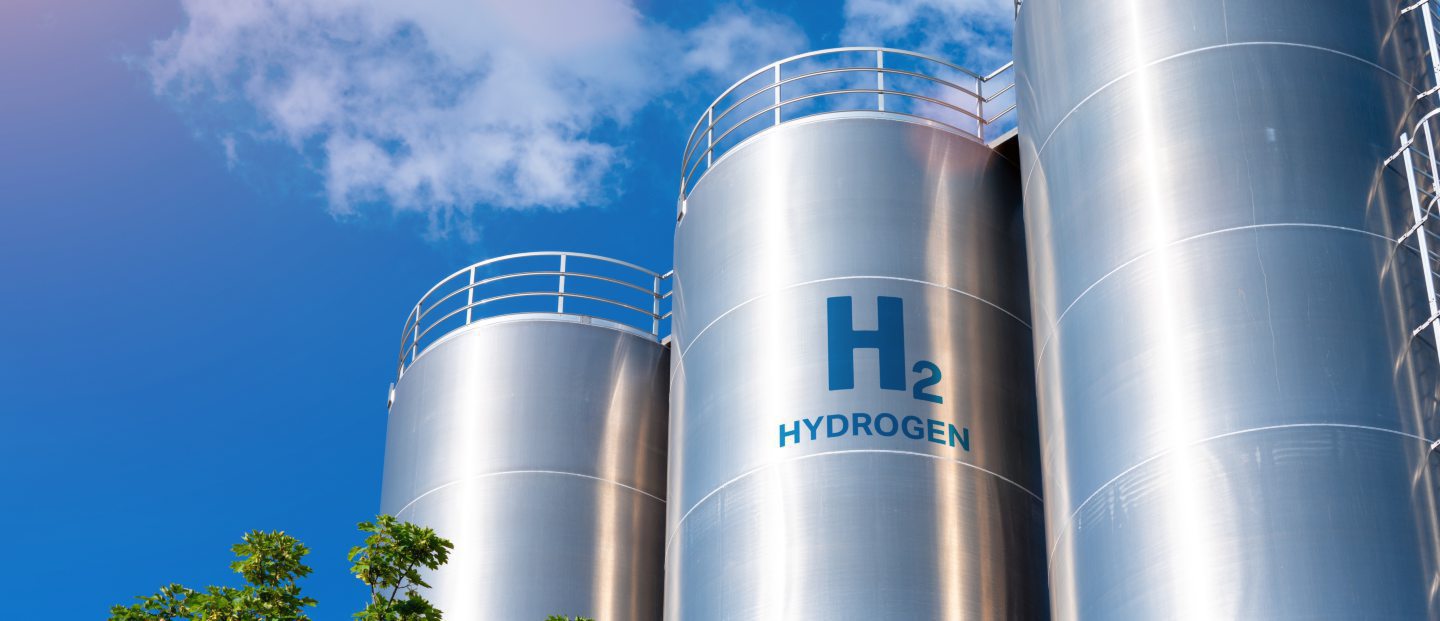
The Labour Government has now been in power for eight weeks. With this has come a renewed sense of hope for net-zero, energised by the Government’s desire to hit the ground running and launch in quick succession, amongst others, the removal of the de facto ban on onshore wind, the National Wealth Fund, Great British Energy, and the ‘superhighway’ Eastern Green Link 2 project.
The current state of play
Whilst it can’t do everything, hydrogen will play a critical role in delivering net-zero, notably doing the things that electrification cannot. Hydrogen production will play a pivotal role in realising both the UK’s potential to be a global hydrogen leader and the economic gains on offer.
Hydrogen UK’s most recent Economic Impact Assessment estimates that the hydrogen sector in the UK could support approximately 30,000 direct jobs and contribute more than £7 billion gross value added annually by 2030. On a global scale, the hydrogen market is projected to be worth $2.5 trillion by 2050.
The previous Government had targeted 10GW of low carbon hydrogen production capacity by 2030, with at least half of this coming from electrolytic hydrogen. Adopting a technology-agnostic approach is vital to the progression of the industry and meeting this production target. This will not only ensure the rapid and deep decarbonisation of our energy sector, but in developing all production methods in tandem, we can lower subsidy costs for future projects thus expediating their progress.
What industry needs to meet government targets
To achieve these production targets, prioritising the approval of first-of-a-kind hydrogen projects under Hydrogen Allocation Round 1 (HAR1) and Cluster Sequencing process will be critical. Successfully advancing HAR1, Track-1 and Track-1x projects will also send a powerful message that the UK is open for investment, serious about meeting its targets and delivering clean power by 2030, whilst also enabling the progression of broader projects.
Looking ahead, the Government must also commit to launching Hydrogen Allocation Rounds 3 and 4 in 2025 and 2026, respectively, and continue with annual hydrogen allocation rounds subsequently. This consistent support, alongside the launch of Track-2 in the Cluster Sequence, will provide the stability and confidence needed for investors and developers to push forward with innovative hydrogen projects.
Ensuring that these projects can access the lowest possible cost electricity is crucial to reducing electrolytic hydrogen production costs and to accelerating the uptake of hydrogen as a decarbonisation tool. To achieve this will require analysing the current regulatory and policy landscape, and optimising the interactions between renewable electricity and hydrogen business models. Another critical area that requires attention is the planning and permitting framework. A review aimed at accelerating hydrogen deployment, with a commitment to maximum timelines for decisions on project reviews, will significantly reduce bureaucratic delays and fast-track the implementation of hydrogen projects. This, in part, is already underway, with the Secretary of State for Energy and Security and Net Zero, Ed Milliband’s, relaxing planning permission laws, a step which Hydrogen UK gladly welcomes.
Lastly, demand risks are often cited as an impeding factor to the scaling of hydrogen in the UK, with some labelling it a ‘chicken and egg issue’. To mitigate demand risks for early hydrogen production projects, progressing the strategic decision to allow hydrogen blending in the gas distribution network is essential. Additionally, continued collaboration with industry and EU partners to enable transmission-level blending will ensure that domestic industrial operations and international gas trading remain robust.
A way forward
In our manifesto, published prior to the General Election, Hydrogen UK on behalf of the UK hydrogen industry recommended amending some requirements of the Low Carbon Hydrogen Agreement and the Low Carbon Hydrogen Standard. This will ensure the Hydrogen Production Business Model scheme provides adequate risk sharing, promotes subsidy cost reductions, and encourages a market price for hydrogen.
Funding for these schemes is always called into question. To mitigate speculation, accelerating the development of funding mechanisms and setting out a long-term spending envelope for hydrogen business models must too be prioritised. Here the newly unveiled National Wealth Fund can play a role and the UK can leverage its financial resources to drive innovation and development in the hydrogen sector.
With international competition increasing, not least evidenced by the recent wave of Final Investment Decisions (FID) made on European hydrogen projects, the UK must act now to remain competitive. In actioning the recommendations put forward in the Hydrogen UK Manifesto, the UK has a real opportunity to be a leading global hydrogen economy.
Recommended for you

 © Image: Hydrogen UK
© Image: Hydrogen UK © Supplied by Shutterstock
© Supplied by Shutterstock